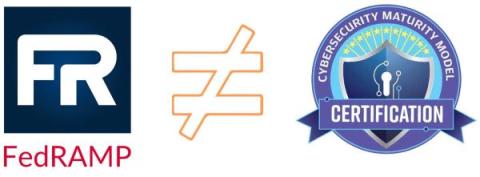Key Takeaways from the New Proposed CMMC Rule - December, 2023
The 60-day comment period begins for the new proposed CMMC rule published in the Federal Register. The Department of Defense’s CMMC program office has broken its silence for the long awaited publishing of its new Proposed CMMC Rule on December 26th in the Federal Register.



